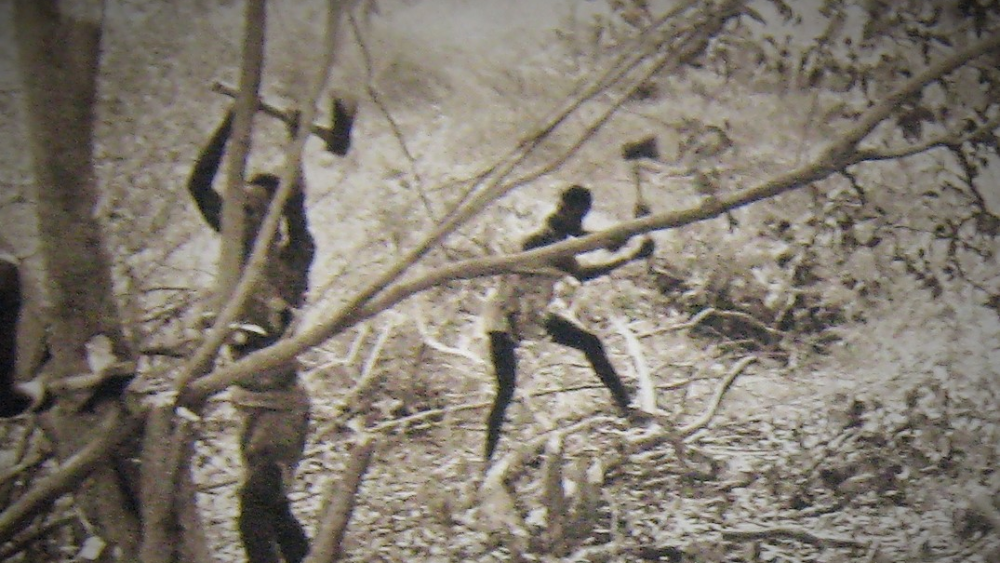From 1930-2015, Northern Ghana was exposed to a sequence of intensive disease control programmes. Colonial tsetse control deforested river valleys and increased onchocerciasis transmission. Onchocerciasis-control from c.1950-2002 deployed insecticides across regional watersheds, and public responses to onchocerciasis control in turn brought people into closer contact with the debilitating parasite Guinea Worm, which became the focus of another international control programme (1986-2010) that reshaped public access to water bodies. The current landscape of northern Ghana – ecologies, infrastructures and settlement patterns – is substantially a product of these ‘great campaigns’. Changes to local ecologies and terrain continue to shape human interactions with the environment and perceptions of its degradation, and may affect possibilities for future disease emergence and control.

Aim:
To account for the persistence of three interrelated past disease control campaigns in the contemporary ecological, social, and public health landscape of northern Ghana.
Questions:
How are local ecologies and human-environment relations persistently altered by epidemics and disease control? How are vegetation and agriculture shaped by past disease control? How do these changes evolve and affect local lives and livelihoods, and the emergence, spread and control of infectious disease?
Approach:
WP2 will draw on archival research at national and regional archives in Ghana, and at the WHO in Geneva and Brazzaville. However, it extends notions of the ‘archive’ by gathering historical evidence beyond documentary sources, comprising both material remains and human recollections. It will elicit memories of disease control and its environmental effects through oral history interviews and observations, engaging with current and retired healthworkers and residents of the region (including former campaign staff), and explore ecological and other traces of the three campaigns in contemporary landscapes, infrastructures, laboratories and equipment. In collaboration with partners and advisors, WP2 will deploy spatial and botanical surveys, to read effects of past disease control on local terrains, flora and plant topology.
